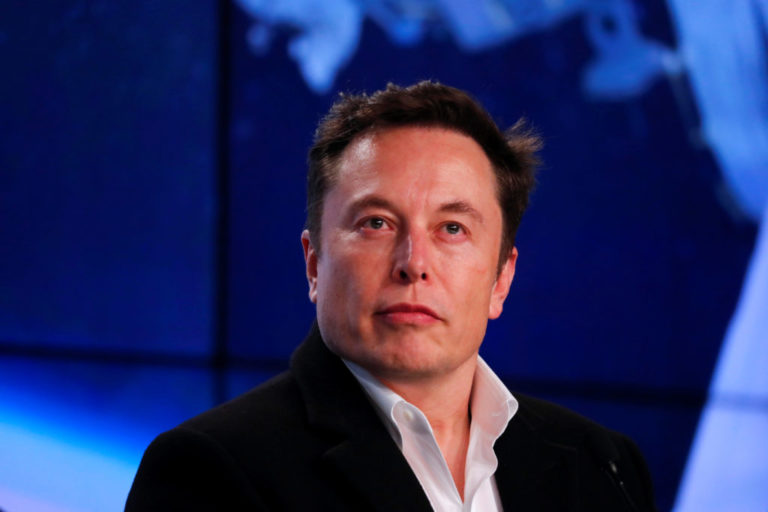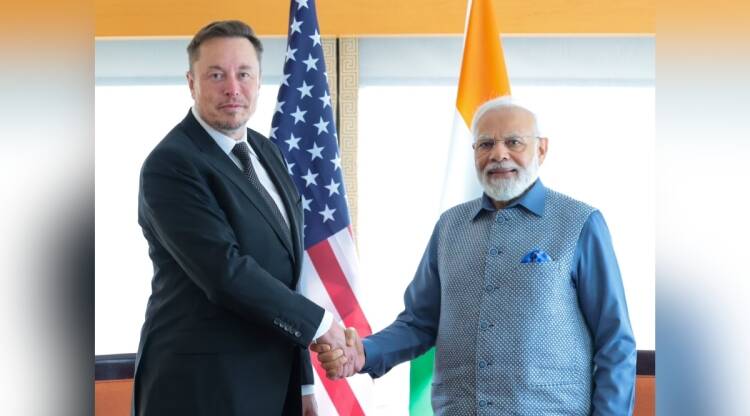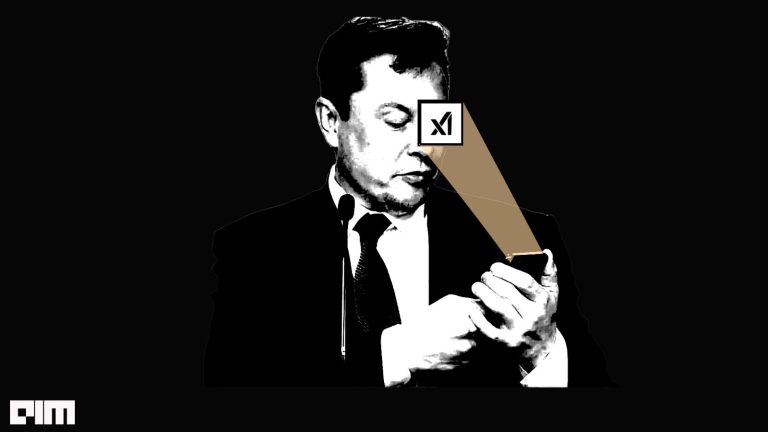|
Listen to this story
|
Elon Musk’s SpaceX will now be offering in-flight WiFi services. The company is rolling out Starlink Aviation service through a USD 150,000 aeroplane antenna ‘which will feel the same as if you were accessing the internet at home’. This service has already been tested; Musk tweeted, “We even did a Starlink video call on one airplane aloft to Starlink on another, far away, airplane loft and it worked perfectly with no lag!”
Internet in airplanes will feel same as if you were accessing Internet at home! https://t.co/Mfl2ixYnJH
— Elon Musk (@elonmusk) October 19, 2022
What is the current status of in-flight connectivity in India? Do we have strong Indian players on the field?
In-flight internet
In 2018, the Department of Telecommunications (DoT) notified the Flight and Maritime Connectivity Rules thereby creating a provision for making calls and surfing the internet while travelling on a flight or a ship voyage within the Indian territory. The government also mandated that in-flight connectivity would be available only above the altitude of 3,000 metres for compatibility with terrestrial mobile networks.
The Directorate General of Civil Aviation (@DGCAIndia) has approved the use of Portable Electronic Devices (PED)’s for the use of voice or data or both through Wi-Fi onboard all civilian registered aircraft in India. This revised Civil Aviation Requirements (CAR) is
— Sarin&Co (@SarinAndCo) December 2, 2020
1/2 pic.twitter.com/OBAd9CWCMM
TRAI also announced that a separate category of IFC Service Providers would be created who would be required to register themselves with DoT before beginning to offer in-flight WiFi. This framework would be applicable to all kinds of aircrafts like commercial airlines, executive planes, and business jets, among others.
Notably, in the recently released draft telecommunications bill, there is no prominent mention of in-flight connectivity.
In 2019, Bharatiya Sanchar Nigam Limited (BSNL) became one of the first Indian companies to receive a licence from DoT to provide internet and mobile services on flights. BSNL had tied up with its satellite partner Inmarsat to offer these services. However, it was only by 2021, BSNL received a nod from the government to deliver Inmarsat’s Global Xpress (GX) mobile broadband service in India.
Apart from BSNL, other companies that have received licences from the Indian government for operating in-flight connectivity are Reliance Jio, Tata-backed Nelco and Bharti Airtel.
Recently, Nelco Limited announced a partnership with Intelsat, a US-based satellite provider. This is Nelco’s second partnership in a bid to expand in-flight connectivity services after the company announced a collaboration with Japan-based Panasonic Avionics in 2020.
Among Indian airlines, Vistara is the only airline to offer this service since September 2020, allowing customers to send messages, emails, and browse the internet. For providing in-flight connectivity in Vistara, Panasonic Avionics (PAC) supplied the integration services with Nelco delivering the satellite capacity and ground station services. “We are delighted that Nelco is spearheading in providing the long-awaited Aero IFC services in the country, marking the beginning of a new chapter in passenger services for the aviation sector in India. We foresee a great opportunity for growth in the IFC services in the country in the coming years and intend to be a leader in this market,” NELCO Managing Director and CEO, P J Nath had then said.
Stay connected with the world 35000 ft above the ground. Introducing Vistara Wi-Fi on our A321neo aircraft.
— Vistara (@airvistara) December 8, 2020
You can use our Wi-Fi services for emails, social media, messaging and web browsing. #StayConnectedIn321 #FlyHigher #VistaraWifi pic.twitter.com/7ecS2xkwJ8
What are the hurdles?
Even three years after the Department of Telecommunications permitted in-flight internet, commercial flights are yet to adopt it completely. The primary factor for this delay is the huge installation cost, especially after the COVID-19 pandemic. Retrofitting the aircraft with the required antenna is both expensive and time-consuming (up to 12 hours).
As for the cost, in the growing competitive market of low-fare airlines, they find it difficult to pass on the cost to their customers. The equipment costs about INR 4 crore for one aircraft, which is difficult to recover from the passengers. It makes better sense to roll out this service only in new aircraft that come equipped with the antenna. Experts believe that the pricing model could differ depending on the airline, and a passenger may be charged upwards of INR 200—assuming all the passengers on the aircraft use the service.
In 2018, Bharti Airtel joined a global alliance called the ‘Seamless Alliance’, which included members like Delta, OneWeb, Airbus, and Sprint. The global in-flight connectivity alliance was introduced at the 2018 Mobile World Congress and was called Seamless Alliance. The aim of this alliance was to “eliminate the immense costs and hurdles commonly associated with acquisition, installation, and operation of data access infrastructure”. The wider rollout of 5G will expedite the availability of in-flight internet. Airtel’s 370 million global subscribers, of which 280 million are in India, were expected to get “uninterrupted access” to the in-flight data service.
In-flight connectivity is subject to factors like the number of concurrent users, satellite coverage and weather conditions. This connectivity is great news but to attract price-sensitive Indian customers, airlines need to provide affordable prices.



















































































